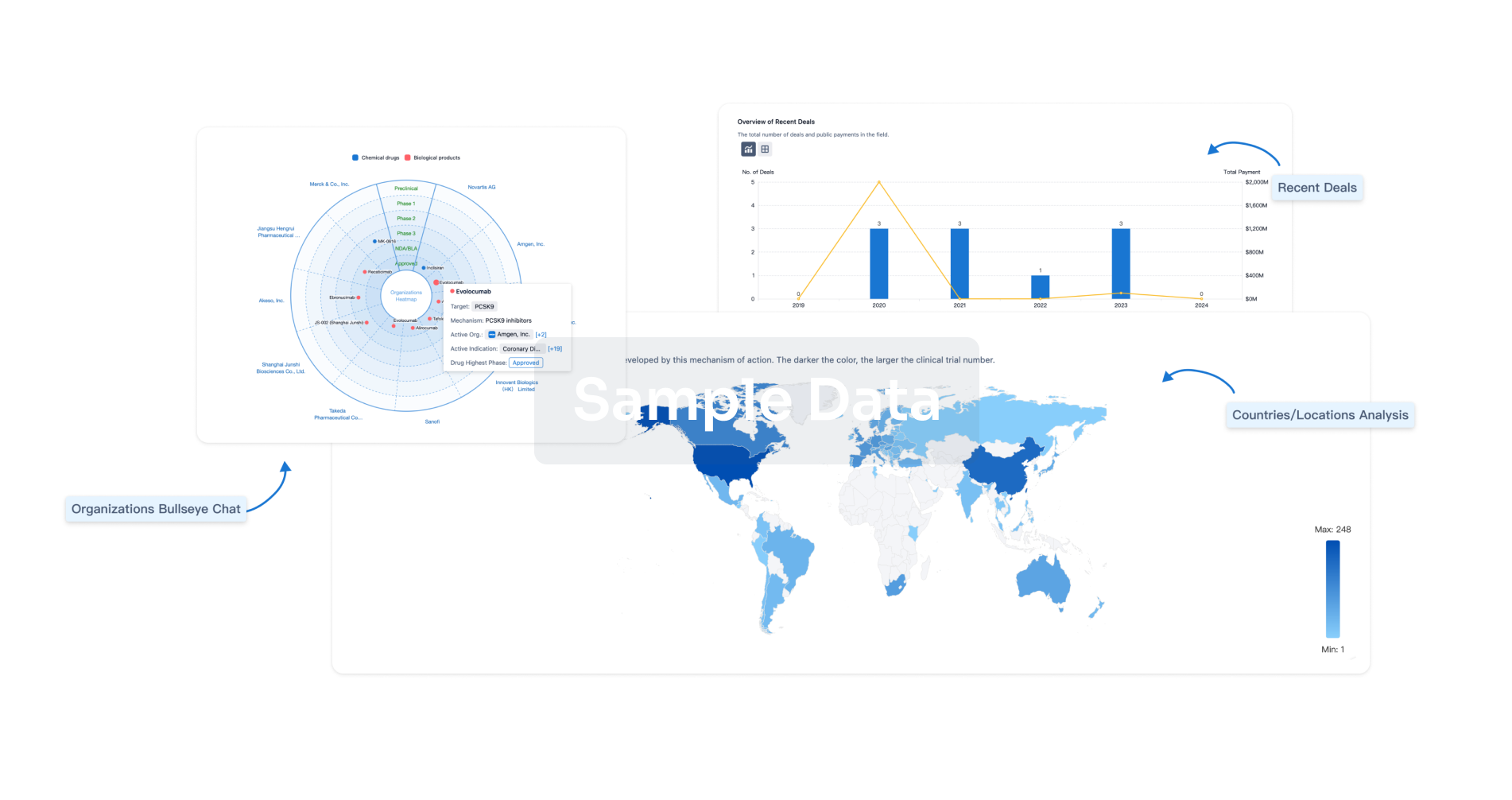Request Demo
Last update 08 May 2025
MRE11
Last update 08 May 2025
Basic Info
Synonyms ATLD, Double-strand break repair protein MRE11, Double-strand break repair protein MRE11A + [8] |
Introduction Core component of the MRN complex, which plays a central role in double-strand break (DSB) repair, DNA recombination, maintenance of telomere integrity and meiosis (PubMed:11741547, PubMed:14657032, PubMed:22078559, PubMed:23080121, PubMed:24316220, PubMed:26240375, PubMed:27889449, PubMed:28867292, PubMed:29670289, PubMed:30464262, PubMed:30612738, PubMed:31353207, PubMed:37696958, PubMed:38128537, PubMed:9590181, PubMed:9651580, PubMed:9705271). The MRN complex is involved in the repair of DNA double-strand breaks (DSBs) via homologous recombination (HR), an error-free mechanism which primarily occurs during S and G2 phases (PubMed:24316220, PubMed:28867292, PubMed:31353207, PubMed:38128537). The complex (1) mediates the end resection of damaged DNA, which generates proper single-stranded DNA, a key initial steps in HR, and is (2) required for the recruitment of other repair factors and efficient activation of ATM and ATR upon DNA damage (PubMed:24316220, PubMed:27889449, PubMed:28867292, PubMed:36050397, PubMed:38128537). Within the MRN complex, MRE11 possesses both single-strand endonuclease activity and double-strand-specific 3'-5' exonuclease activity (PubMed:11741547, PubMed:22078559, PubMed:24316220, PubMed:26240375, PubMed:27889449, PubMed:29670289, PubMed:31353207, PubMed:36563124, PubMed:9590181, PubMed:9651580, PubMed:9705271). After DSBs, MRE11 is loaded onto DSBs sites and cleaves DNA by cooperating with RBBP8/CtIP to initiate end resection (PubMed:27814491, PubMed:27889449, PubMed:30787182). MRE11 first endonucleolytically cleaves the 5' strand at DNA DSB ends to prevent non-homologous end joining (NHEJ) and licence HR (PubMed:24316220). It then generates a single-stranded DNA gap via 3' to 5' exonucleolytic degradation to create entry sites for EXO1- and DNA2-mediated 5' to 3' long-range resection, which is required for single-strand invasion and recombination (PubMed:24316220, PubMed:28867292). RBBP8/CtIP specifically promotes the endonuclease activity of MRE11 to clear protein-DNA adducts and generate clean double-strand break ends (PubMed:27814491, PubMed:27889449, PubMed:30787182). The MRN complex is also required for DNA damage signaling via activation of the ATM and ATR kinases: the nuclease activity of MRE11 is not required to activate ATM and ATR (PubMed:14657032, PubMed:15064416, PubMed:15790808, PubMed:16622404). The MRN complex is also required for the processing of R-loops (PubMed:31537797). The MRN complex is involved in the activation of the cGAS-STING pathway induced by DNA damage during tumorigenesis: the MRN complex acts by displacing CGAS from nucleosome sequestration, thereby activating it (By similarity). In telomeres the MRN complex may modulate t-loop formation (PubMed:10888888).
MRE11 contains two DNA-binding domains (DBDs), enabling it to bind both single-stranded DNA (ssDNA) and double-stranded DNA (dsDNA). |
Analysis
Perform a panoramic analysis of this field.
login
or

AI Agents Built for Biopharma Breakthroughs
Accelerate discovery. Empower decisions. Transform outcomes.
Get started for free today!
Accelerate Strategic R&D decision making with Synapse, PatSnap’s AI-powered Connected Innovation Intelligence Platform Built for Life Sciences Professionals.
Start your data trial now!
Synapse data is also accessible to external entities via APIs or data packages. Empower better decisions with the latest in pharmaceutical intelligence.
Bio
Bio Sequences Search & Analysis
Sign up for free
Chemical
Chemical Structures Search & Analysis
Sign up for free

